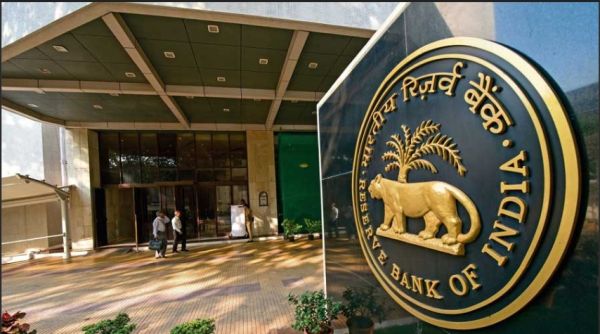
According to a report by Crisil Ratings, India’s banking sector is on the path of moderate revival, and the loan expansion in FY 26 is expected to reach 11–12%, which has been possible due to strong deposits and active liquidity investment by RBI. This increase indicates stability in infrastructure from the estimated 9.5–10% of the first quarter of FY 25, although structural deposit trends introduce medium-term financing challenges.
Deposit growth – which is necessary for more than 90% of bank borrowings – from April 2025, remains sufficient to promote loans, thanks to regulatory changes that reduce systemic pressures. The RBI has received an additional amount of Rs 2.5 lakh crore from the cut in cash reserved ratio (CRR) of 100 basis points in four phases, while the liquidity coverage ratio (LCR) rules can get Rs 1.9 lakh crore more from relaxation of rules, which can change the earlier tight surplus. Chrisil Ratings Director Subha Shri Narayanan said, “These measures will help in the increase and loan expansion in return.”
Nevertheless, the effect of the changing behavior of the savings is hovering. The share of domestic older deposits declined from 67% to 52% in FY25 in FY 20, as retail funds are attracted to mutual funds, equity and other options. On the outstanding basis, the domestic deposits fell from 64% of the same period to 60% of the total bank deposits, while non-financial corporates took a difference of 4%. The CASA ratio is at a three -year low, due to a 5% decline in savings deposits, while current accounts remain stable – which reflects the possibility of boom and cost increase in outflow during cash crisis.
Crisil has warned that this change may force banks to diversify borrowings through bonds or external commercial loans, which may reduce the risk of excessive dependence on deposits. Corporate loans (38% of loans) expect an increase of 9–10% in the second half of FY 26, which will help the NBFC loan revival after the impact of interest rate cuts and the risk load reduction. Retail, small business (16–17%), and agriculture (11–12%) areas will lead this boom, although gross NPA can increase by 2.3–2.5%-which is still historically low.
As soon as FY 26 begins, Crisil is urging cautious financing strategies amid the attraction of alternative investments. With the reward on assets remaining at 1.25–1.3%, the flexibility of this region depends on adaptive liquidity management in a dynamic economy.